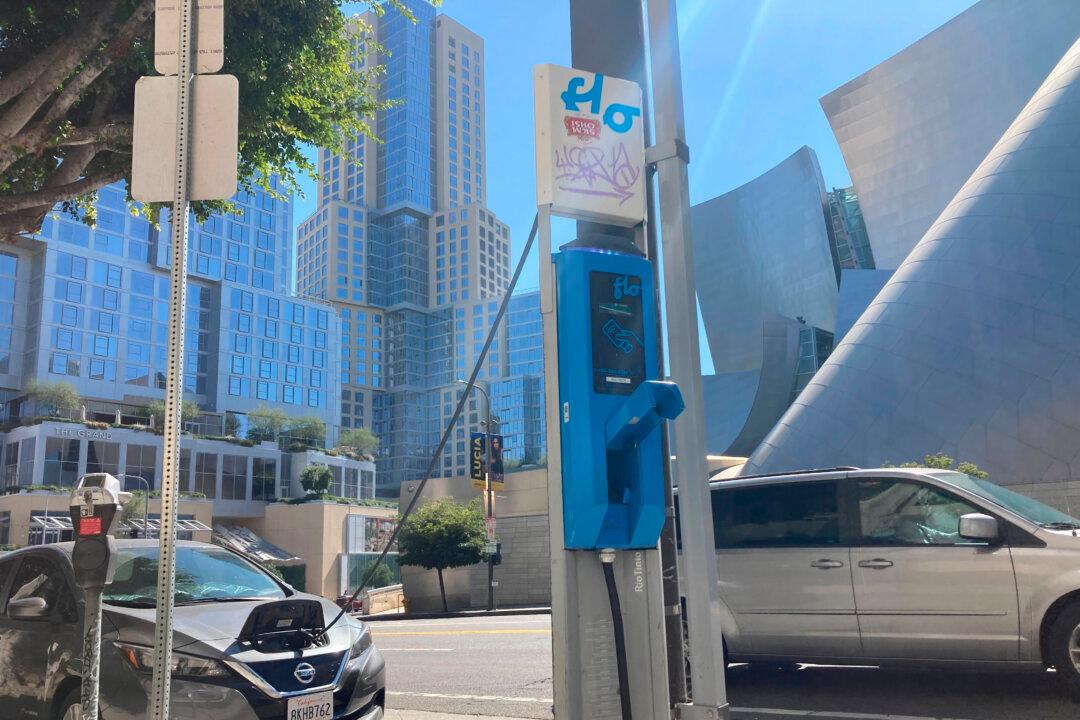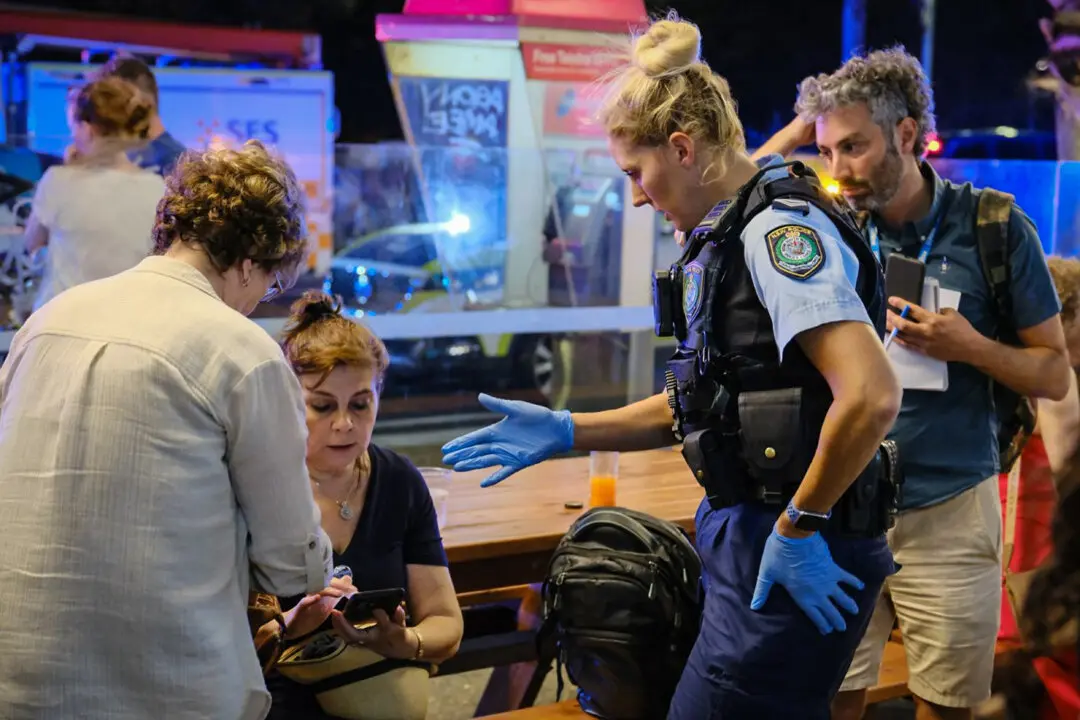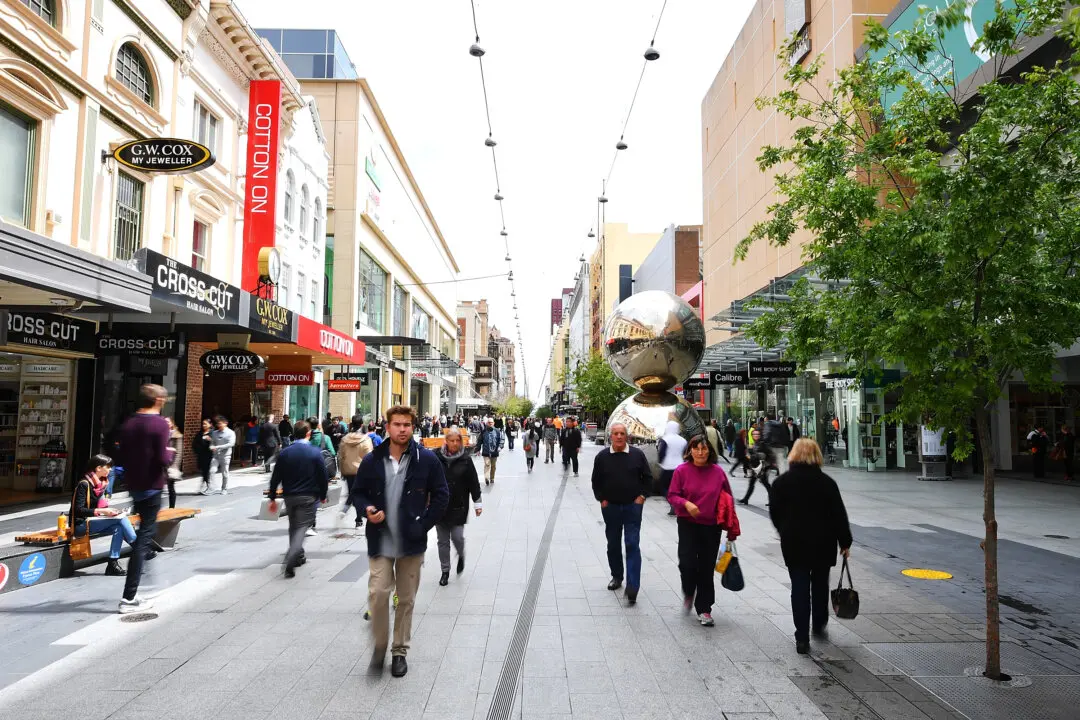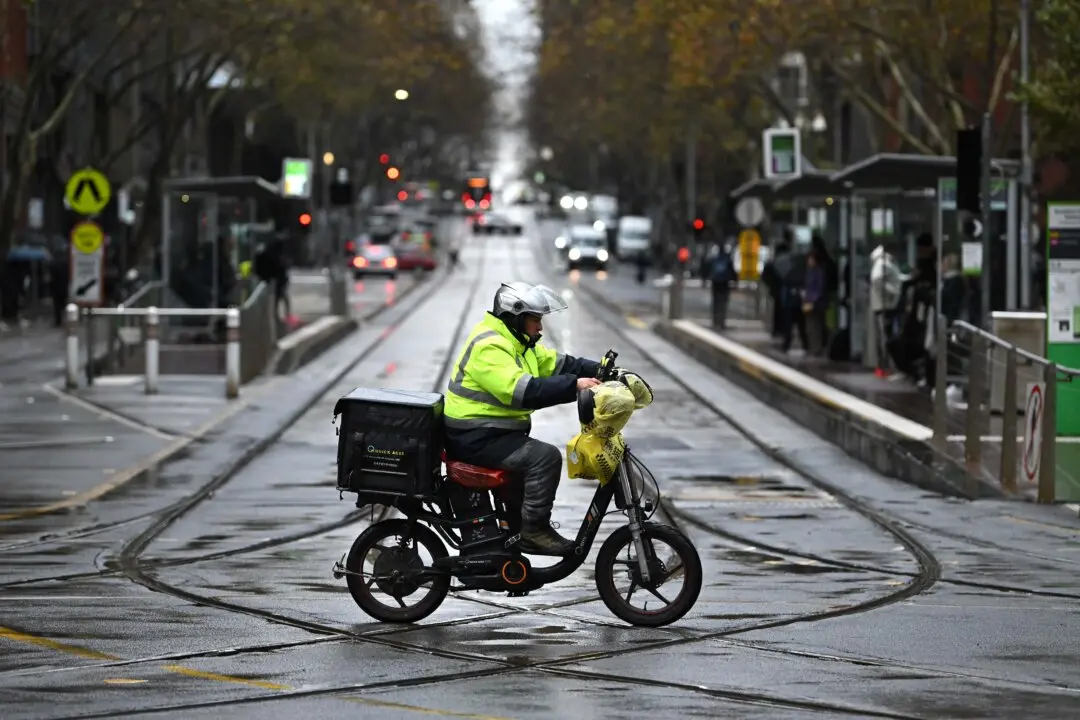Electric vehicle (EV) charging stations will be placed five kilometres (three miles) apart in metro areas and 100 kilometres apart on major roads and highways in New South Wales (NSW).
It comes after the NSW Parliament passed net zero legislation in both houses on Nov. 29 requiring the state to reduce greenhouse gas emissions by 50 percent by 2030 compared to 2005 levels.





